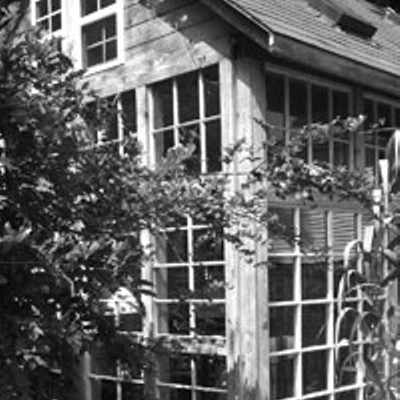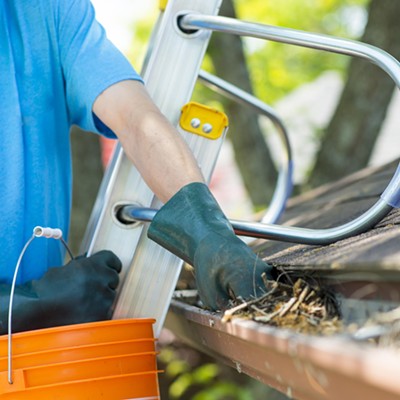I have seen lots of praise for ultrasonic devices for pest control, but it seems to come from manufacturers and dealers. I have not been able to find an independent testing source that recommends these products for control of insects such as crickets and roaches; the reports I have seen are negative. I favor more conventional methods of control, but I would like to hear from any readers who have tried ultrasonic devices.
Unfortunately, getting rid of crickets in a basement can be a complex process. For one thing, there are several types of crickets, and different types behave differently. From your description, yours appear to be house crickets. Chemicals used outside the house, spread by licensed exterminators around the perimeter, can help prevent new invasions. Good sanitation outside, such as raking up leaves and debris regularly, can also help. Possible entry points, such as cracks under doors, should be sealed.
Frequent vacuuming of areas where crickets are spotted can be an effective means of control. Traps that catch roaches with sticky materials can be placed in infested areas; they are sold at some home centers, supermarkets, and hardware stores.
Keep the basement as dry as possible, using a dehumidifier if necessary; crickets like damp, dark places.
For more information on crickets and their control, check out the Web site www.bugspray.com.
Dear Gene: Our house is several hundred years old, according to town records, and has a brick foundation. Some of the mortar around the bricks needs to be replaced. Can I just use a lime-based mortar around the bricks?
You definitely should not use a store-bought, bagged mortar on a house this old. Antique houses were mortared with soft lime mortar that could easily absorb movement in the bricks. The mortar sold at home centers these days contains significant amounts of cement and dries quite hard; it could put stress on the bricks that might damage the walls. There are many recipes for soft lime mortar, often one part hydrated lime to two or three parts sand, but your best bet is to try tracking down a brickmason in your area who has experience with old houses and can reasonably duplicate the existing mortar.
Dear Gene: The wood post at the front end of our fence was broken off at ground level by a car. How can we fix this? We will have to do the work ourselves.
There are at least two ways to do this, and both require some digging. One way is to dig around the stump of the old post with a spade until you have removed enough earth to wiggle the stump and pull it out (most wood fence posts have about 24 inches underground). You can then put a new pressure-treated post in the hole and replace the fill around it, using some concrete at ground level for extra strength. Detach the rest of the old post from the fence (you don’t say what kind of fence it is) and attach the fence to the new post.
Another method is to leave the stump in the ground and dig a new hole directly in front of it or beside it, using a post-hole digger (about $20 at home centers, or rent one at a tool-rental agency). Put a new pressure-treated post in the new hole and fill around it with concrete mix, making sure the new post is plumb by using a level on two adjacent sides. Attach the old broken post to the new post with two or three short wood cleats. Screw the cleats securely to both posts.
If the post is in a position where it gets in the way of cars, attach some red plastic reflectors to it to warn drivers. Reflectors are sold at most auto-parts stores.
Send questions and comments to Gene Austin at [email protected] or 1730 Blue Bell Pike, Blue Bell, PA 19422. Distributed by McClatchy-Tribune Information Services.















